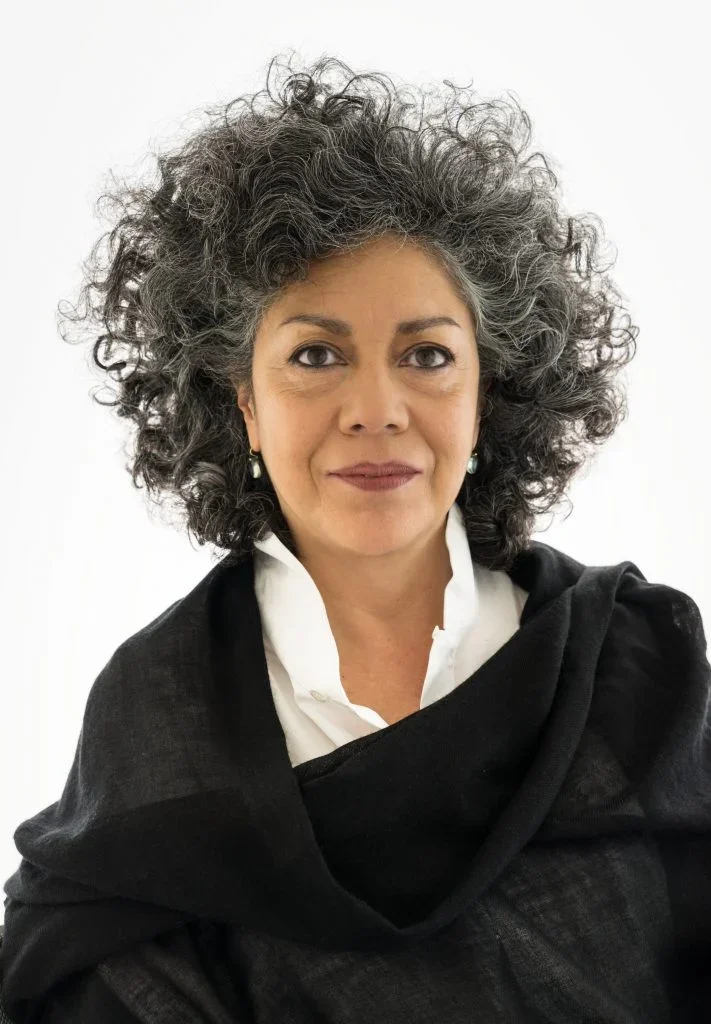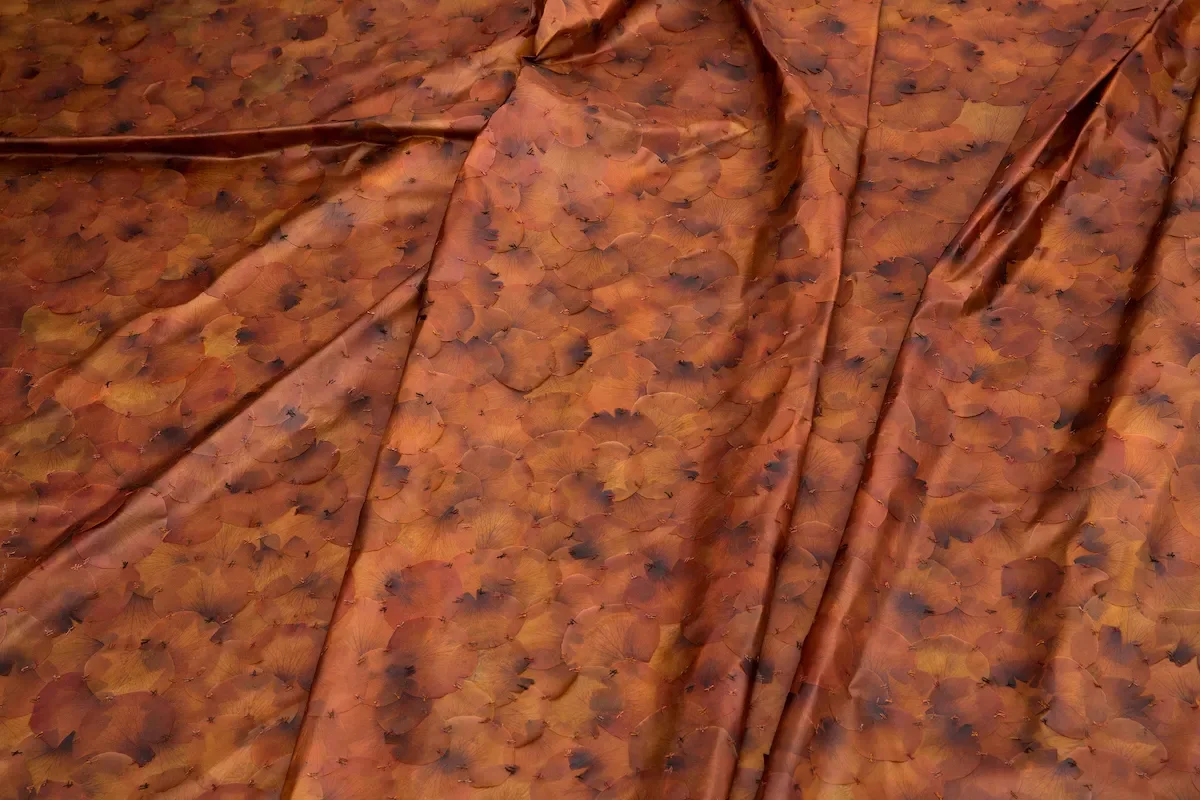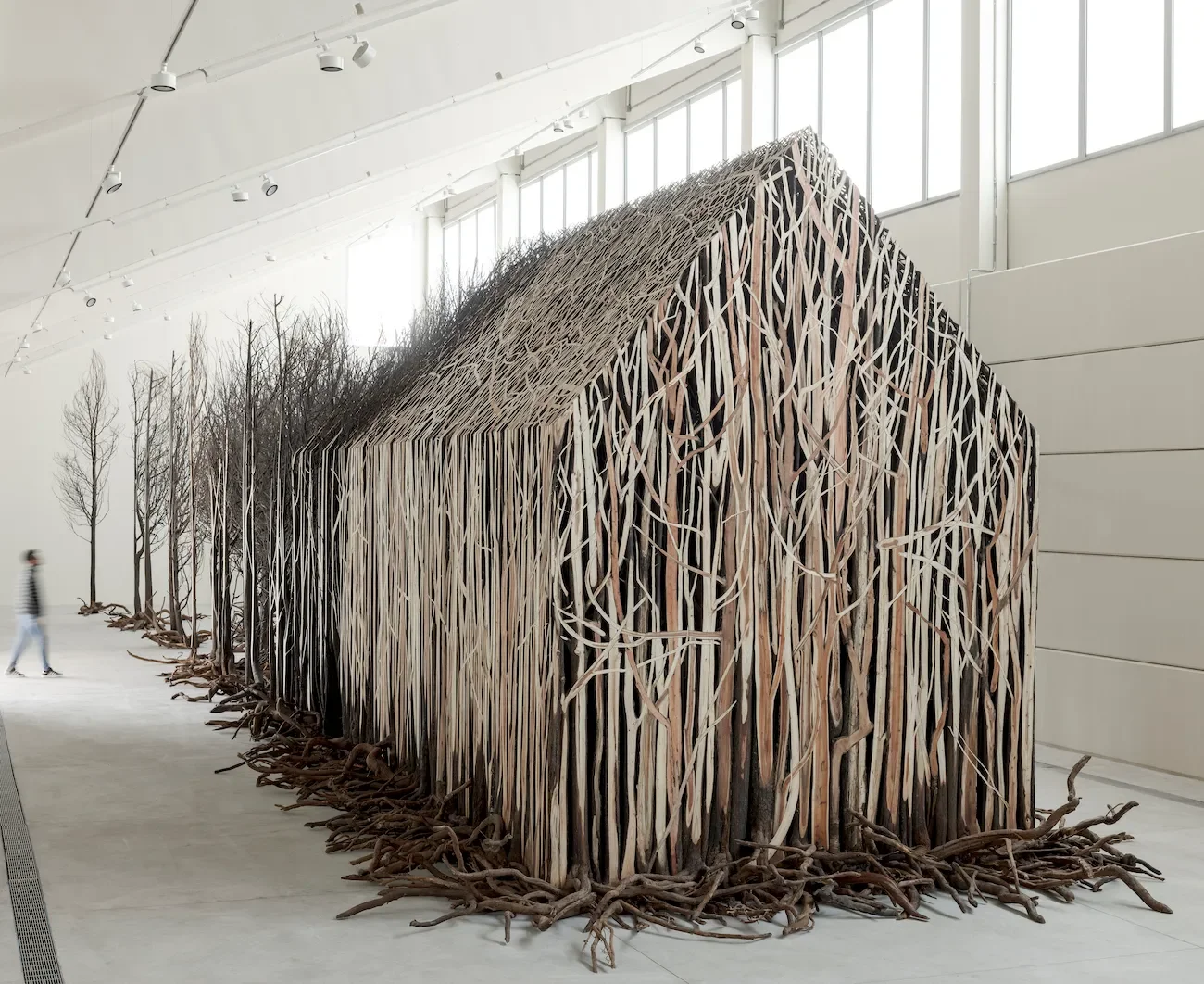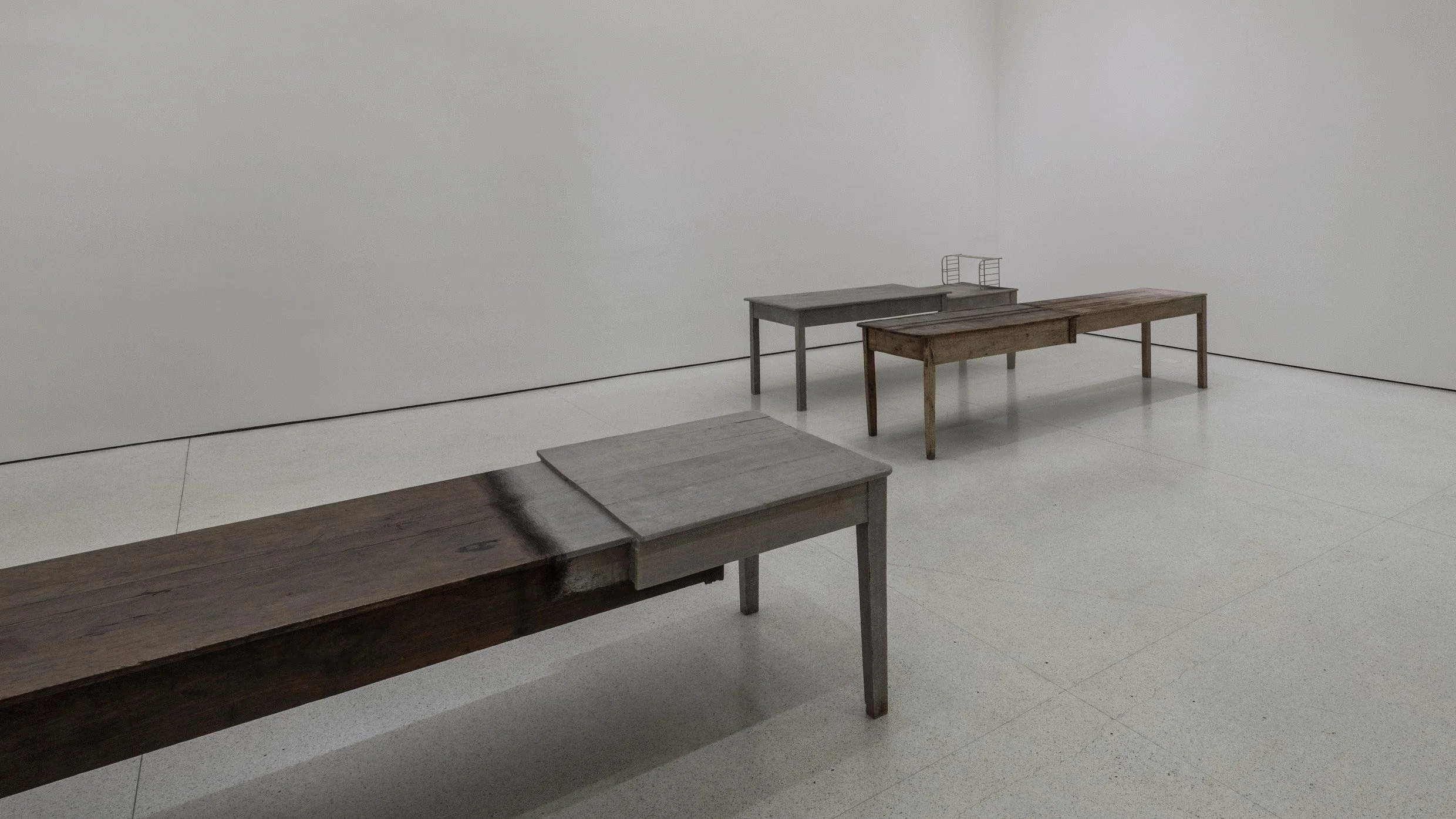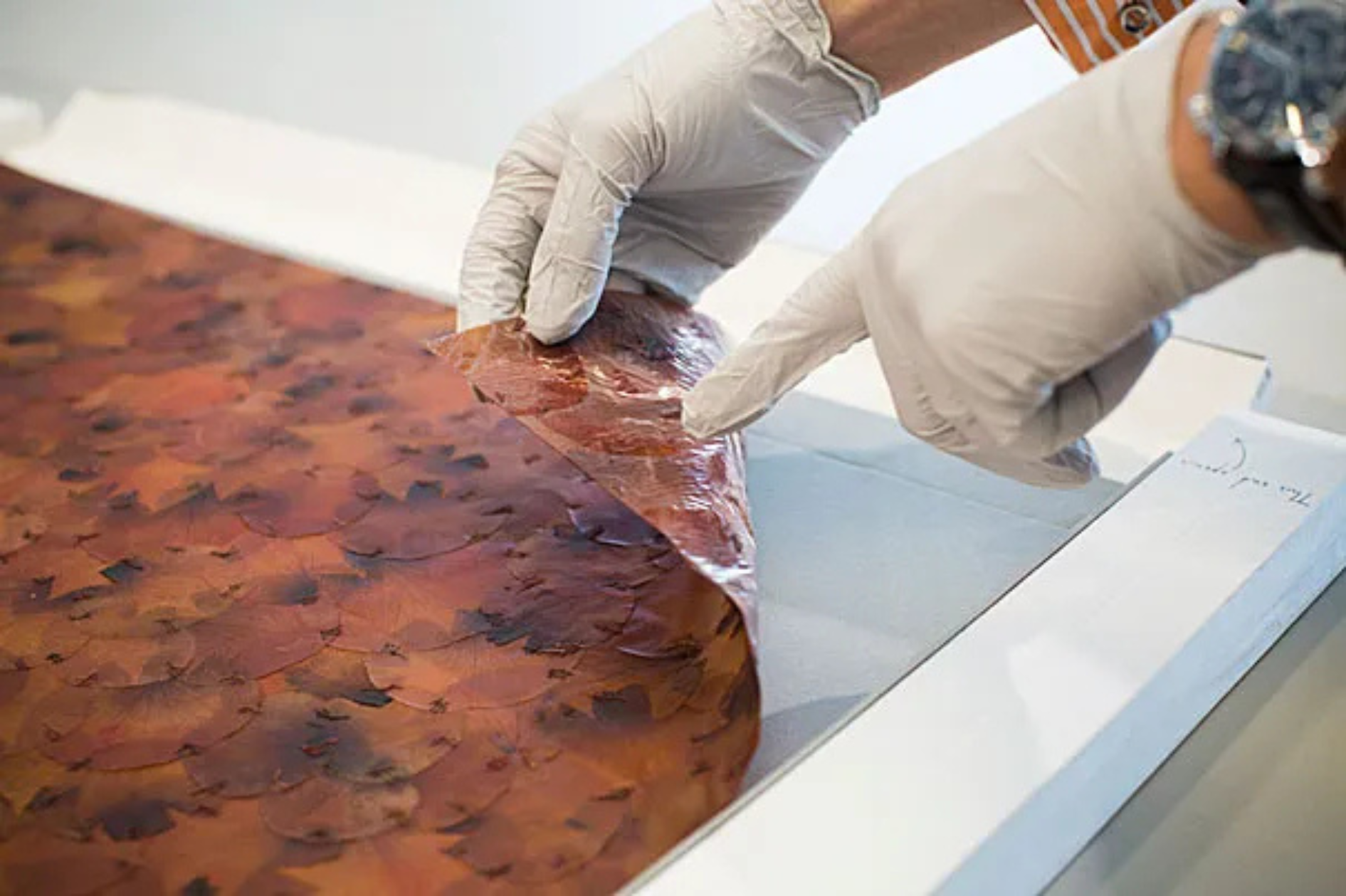Doris Salcedo: The Function of Suffering—Memory, Emotional Labor, and Political Witness in Post-Luxury Conceptual Art
The intellectual project centered on the Post-Luxury paradigm begins with the recognition of a profound intellectual and ethical vacuum at the heart of contemporary consumer culture. Traditional luxury, long defined by its outward display of wealth, conspicuous consumption, and reliance on overt status signaling, has undergone a critical conceptual erosion. This decline is driven by what the Post-Luxury thesis identifies as the "Scarcity Paradox," in which the relentless corporate drive toward mass expansion and global accessibility has fundamentally destroyed the very rarity that traditional luxury purports to sell, leading to widespread consumer price fatigue.
This intellectual collapse necessitates a new value equation that moves decisively away from the logic of possession toward a logic of being—a prioritization of narrative depth, intrinsic worth, and philosophical purpose over mere material opulence. The critique suggests that the traditional definition of function is too narrow, confined primarily to practical utility or aesthetic adornment. This narrow view fails to account for the profound human experiences—such as collective memory, the reckoning with trauma, and the imperative of political witness—that constitute essential human labor. This Function Gap creates an ethical void within the global system of valuation, a void that Post-Luxury Conceptual Functional Art (PLCFA) seeks to address by expanding the very scope of the object's utility.
The Salcedo Thesis: Elevating Utility to Transcendence
Doris Salcedo (Colombian, born 1958) emerges as a crucial "Philosophical Architect" within the PLCFA canon, whose work systematically redefines the functional potential of the object. Her practice is deeply rooted in the fraught social and political landscape of her native Colombia, confronting the long history of civil conflict and violence with an elegance and poetic sensibility that balances the gravity of her subjects with subtle formality. Salcedo does not create works of violence, but works about violence, providing a representative voice for the conditions of the Global South and challenging the detachment of the Western world.
Doris Salcedo (b. 1958), whose work systematically redefines the functional potential of the object, provides a crucial representative voice for the conditions of the Global South within the PLCFA canon.
The central tenet of this study is that Salcedo’s art offers a profound and necessary expansion of the Functional aspect of PLCFA. Her objects, often quiet and unassuming, possess a fierce utility because they perform essential, non-commodifiable, and enduring social labor, shifting their role from the practical to the commemorative. This conceptualization of function is not novel to PLCFA; it aligns with analyses of other canonical figures, such as Mark Rothko, whose paintings were understood to function as a secular chapel for emotional contemplation, demonstrating that an object's utility can be purely conceptual or emotional. Salcedo extends this conceptual function into the realm of social justice, transforming art into a ritual tool for societies grappling with irreparable loss and trauma.
The Theoretical Bridge: Labor, Time, and Resistance to Acceleration
A. PLCFA as an Economy of Inalienable Labor
The PLCFA framework inherently challenges late-capitalist systems where an object's perceived market value often becomes tragically disconnected from the authentic labor and human intention invested in its creation. Salcedo’s artistic process serves as a direct, powerful counterpoint to the mass-produced, rapidly outsourced, and homogenized products that defined the era of democratized luxury.
Her methodology is defined by painstaking research, including prolonged fieldwork and extensive interviews with victims and survivors, and the resulting works are painstakingly crafted by hand. Salcedo often selects simple, recognizable domestic objects—furniture and clothing—and transforms them using techniques that intentionally evoke the intimate care and tending of the human body: wrapping, binding, cutting, and stitching. This ritualized, highly manual labor imbues the finished object with a sacred, inalienable quality. The market price of the object simply cannot encompass the spiritual and emotional labor invested in its making, thereby ensuring its worth remains intrinsically linked to its narrative of genesis. This commitment to a slow, craft-intensive process directly aligns her practice with the proposed PLCFA territory on "Artisan as Activist," wherein the prioritization of craft over scale is recognized not as a business constraint but as a conscious philosophical and political stand against growth-oriented, extractive systems.
This detail from one of Salcedo's works embodies her commitment to painstaking, ritualized labor, transforming humble materials through meticulous hand-stitching that imbues the object with a sacred, inalienable quality, aligning with the "Artisan as Activist" principle.
B. The Aesthetics of Endurance: Resistance to Smoothness and Speed
Salcedo’s practice can be powerfully framed as a manifestation of slow art, representing a conscious cultural resistance to the pervasive forces of acceleration and disposability. The artist deliberately slows the processes of making and viewing. She spends long periods meeting victims and their families, ensuring that the finished art functions to keep their experiences from being forgotten. The meticulous, hand-stitched suturing of thousands of rose petals for A Flor de Piel, or the arduous weaving of human hair and silk through wood for the Unland series, are acts of deliberate deceleration, creating the perceptual duration necessary for viewers to engage fully with the gravity of the subject matter.
Close-up detail of Doris Salcedo's Unland series, showing human hair and silk threads meticulously woven through a wooden table surface, highlighting the work's "un-smooth" and difficult aesthetic.
This insistence on difficulty and contemplation stands as a direct challenge to the late-capitalist aesthetic of "smoothness”—the frictionless interface of digital culture and the flawless finish of traditional luxury goods (a philosophical critique central to the PLCFA thesis). Salcedo’s objects are intentionally "un-smooth"; they are mangled, stitched, cracked, fused, or inherently fragile. They present resistance, which forces contemplation—a necessary act in a culture driven by instantaneous consumption. For the Post-Luxury consumer, who has often purchased an environment of total comfort and ease, the willingness to acquire and confront an object defined by its material difficulty and traumatic narrative becomes an inverse status symbol—a testament to intellectual and ethical seriousness. The disfigured object functions to block passive, frictionless consumption. Furthermore, Salcedo often employs materials that are ephemeral yet rigorously preserved, such as the chemically treated rose petals. This strategic use of precarity embodies the fragile human condition of those she commemorates, creating an intrinsic value that demands perpetual care, aligning perfectly with the PLCFA requirement that an object be stewarded over generations rather than simply owned.
The Materiality of Mourning: The Domestic Object as Vessel of Absence
The installation Uprooted (2020–2022) transforms the recognizable silhouette of a house using hundreds of dead, sculpted trees. This building of pure exteriority (Salcedo) functions as an uncanny repository for the trauma of displacement and irreparable loss.
A. The Alchemical Domestic: Quotidian Objects as Carriers of Trauma
Salcedo's power lies in her alchemical transformation of the mundane. She chooses quotidian, domestic furniture—tables, chairs, cabinets—because of their intrinsic connection to the intimacy, routine, and security of everyday life. By blocking, fusing, or disfiguring these familiar objects, she transforms them from instruments of comfort and utility into profoundly unsettling and strange repositories of lost memory.
The artistic objective is to visually articulate that which is unacknowledged or made invisible: the victim of violence, the refugee, the decimated domestic sphere. Her sculptures convey incompleteness, lack, and emptiness while simultaneously providing a sense of an absent, missing body. This concept of absent presence—where the object is structurally present but its inherent function has been violently removed—defines the object's core Post-Luxury conceptual worth, echoing the material critique of Arte Povera by giving political weight to humble, disfigured materials.
B. Case Study: Unland and the Function of Repair
An installation view of the Unland series. By joining disparate table pieces, the domestic utility is structurally blocked. The object's new function is to act as a memorial for fragmented lives, achieving Commemoration and Repair.
The Unland series, including works like Unland: irreversible table (1997), exemplifies this functional subversion. Salcedo joins disparate pieces of wooden tables, meticulously weaving them together with highly personal, organic materials—human hair and silk threads.
The resulting object is no longer a table for the practical function of gathering or eating; its utility is structurally blocked and subverted. Instead, its new, singular function is to act as a memorial for the fragmented lives of victims and orphans. The densely covered web of hair and silk evokes a spine or a burial shroud, transforming the mundane surface into what has been described as a compelling, gauze-like wound. The meticulous labor of threading and stitching hundreds of individual hairs through the wood transforms the object into an act of physical and emotional labor, serving as a metaphor for the slow, arduous process of mourning and repair required to confront and live with trauma.
C. Case Study: The Untitled Chair Series and Symbolic Silence
Salcedo’s recurring use of the chair in works such as Untitled (2004–5) further underscores the function of discomfort and absence. These pieces present simple, worn chairs that are aggressively altered—fused together, or fabricated from jarring materials, such as forcing stainless steel to mimic painted wood. The disfigurement blocks the chair’s fundamental utility: the ability to provide rest.
By removing the possibility of rest or use, these chairs perform the function of marking absence—they commemorate the countless victims lost to political violence. These unsettling objects are a metaphor for the pervasive displacement and the loss of the domestic sphere that defines the experience of war. The chair, being "at once familiar and strange," forces the viewer to confront the power wielded by those whose victims remain silent, and acts as a quiet, forceful repudiation of systemic injustice. This demand for ethical, sustained reflection—rather than simple observation—is the primary conceptual function of the work.
Expanding Utility: Function as Ritual, Remembrance, and Political Witness
The core objective of this study is to systematically prove the expansion of the PLCFA definition of function, moving beyond practical utility to encompass essential human labor. Doris Salcedo’s major installations provide definitive evidence for this new functional paradigm, establishing the object’s highest function as bearing witness.
A. Function as Ritual: A Flor de Piel and Emotional Labor
The profound extension of function into the realm of ritual and emotional labor is best demonstrated by A Flor de Piel (2013-2014), a room-sized tapestry or shroud painstakingly constructed from thousands of hand-stitched, chemically preserved red rose petals.
A Flor de Piel (2013-2014) is an offering to a murdered nurse, functioning as a ritualistic, reparative shroud. Its immense material fragility necessitates rigorous conservation, transforming its stewardship into a perpetual act of care.
The object was created as an offering to honor a Colombian nurse who was tortured and murdered after providing care to wounded parties on both sides of the civil war. Its function is explicitly commemorative and ritualistic, designed to reinstate the nurturing care of her subject's profession that had been so brutally inverted in her treatment by her captors. The process itself becomes the function; the laborious stitching is described as mirroring the act of suturing a wound. The resulting object embodies the immense emotional labor necessary to grapple with collective trauma, performing an act of remembrance that is both monumental and deeply personal. This demonstrates that conceptual utility, defined by the capacity to perform social and emotional care, can far exceed any material value. The material fragility of this improbable object necessitates rigorous conservation, transforming the object's stewardship into a perpetual, reparative act that honors the narrative of loss.
B. Function as Political Witness: Shibboleth and the Conceptual Crack
Salcedo consistently frames her artistic production as a form of political witness. Rooted in rigorous fieldwork and extensive interviews with survivors, she describes her role as a secondary witness, creating art that stands in for the voiceless victims.
Central site-specific installations, such as Shibboleth (2007–08) at the Tate Modern, represent the purest form of this expanded function. Shibboleth, a deep, meandering crack running the length of the Turbine Hall floor, operates as a purely conceptual function of political witness. The crack is not a formal experiment; it is a manifestation of the history of racism and the unacknowledged division running parallel to modernity, representing the standoff between rich and poor, northern and southern hemispheres.
Shibboleth (2007–08) at the Tate Modern operates as a purely conceptual function of political witness. Its utility is to physically and psychologically divide the space, forcing confrontation with systemic exclusion and unacknowledged histories of division.
The function of this intervention is to engage in systemic critique and confrontation. The crack’s utility is to physically and psychologically divide the space of community, forcing the viewer to look down and confront discomforting truths about who is excluded from the celebrated space of culture and communication. The work’s value is therefore located entirely within its power to act as a vehicle for political discourse and to alter the discursive frames within which the political is negotiated, thus achieving conceptual utility.
The objects and installations comprising Salcedo's canonical works systematically expand the definition of function within the Post-Luxury Conceptual Functional Art paradigm, demonstrating that utility can be fully commensurate with social and political labor.
The structural relationship between Salcedo's domestic objects and their expanded purpose can be categorized by the primary function they perform: The Unland series of tables, which subverts domestic utility (gathering) by weaving in hair and silk, achieves the function of Commemoration and Repair, primarily acting as a vessel for Memory to embody the fragmented lives of orphans and bear witness to irreparable absence. Similarly, the Untitled chair series subverts the practical function of Seating/Rest to achieve the function of Marking Absence and Confrontation, serving as an instrument of Memory that evokes the chaotic silence of the displaced and restores individual personhood.
In contrast, A Flor de Piel, the shroud of hand-stitched preserved rose petals, subverts the function of textile adornment to serve a ritual of Reparation, primarily fulfilling Emotional Labor by performing an act of care and suturing that mirrors the nursing profession and inverts the violence inflicted upon its subject. Finally, monumental works like Shibboleth, which physically fractures the floor's structural integrity, achieve the function of Discursive Disruption, operating as a pure act of Political Witness that forces confrontation with systemic exclusion and unacknowledged histories of division. These examples show a consistent strategy of using the object's physical form to facilitate a non-material, yet essential, psychological or political function.
Synthesis: The Inalienable Value of PLCFA and the Salcedo Legacy
A. PLCFA Principles and the Salcedo Material
Doris Salcedo’s rigorous practice serves as a definitive case study for the entire PLCFA thesis. Her commitment to honoring the individuality of each victim's experience ensures that her objects are saturated with meaning and authentic personal histories, fulfilling the PLCFA mandate that value is derived from narrative depth, not price.
Her practice is inherently a form of Systemic Critique as an artistic act. By providing a representative voice for the underrepresented Global South and grounding her work in the harrowing reality of war, she consistently resists the superficiality and anonymity of the commercial art world. Her engagement is a refusal to content herself with a superficial approach, providing a material critique of the ruling capitalist ideology by focusing on the inalienable human consequences of conflict.
Crucially, Salcedo's most fragile works, such as A Flor de Piel, necessitate extreme care and conservation, redefining the collector's role from passive consumer to active custodian. This aligns perfectly with the PLCFA ethos that objects must be stewarded, lived with, and eventually passed down.
B. The Paradox of Political Commodification
Salcedo’s success on the global stage, with major exhibitions at institutions like the Tate Modern, the Guggenheim, and Harvard Art Museums, confirms that profound social and political function is the ultimate, non-material form of high value. Although her works enter the high-value market, their core conceptual function—bearing witness to inalienable trauma—is structurally difficult to commodify.
This represents a tactical mastery over the market. Salcedo’s use of intimate material, such as human hair or hand-stitched petals, provides a tactical response to the dehumanizing effect of statistical violence. The material object, saturated with private memory and the artist's painful, visible labor, bypasses the abstract language of official history, individualizing collective suffering. This process confers an inalienable value that resists the universalizing, commodifying flow of global capital. The buyer may acquire the physical object, but the burden of the witness—the labor of conscience—remains intrinsic to the work and non-transferable.
Furthermore, the physical nature of her work elevates the commitment required for acquisition to a new level. The extreme fragility and material complexity of works like A Flor de Piel demand institutional commitment not just to purchase, but to continuous, high-level, and often expensive stewardship and conservation. Conservation experts at Harvard acknowledged that the work was entirely outside the realms of what I've experienced before. The acquisition of such a piece by a museum is, therefore, a public commitment to perpetual maintenance. This institutional burden of care serves as the ultimate validation of the object's conceptual function: the true value is validated not by the acquisition price, but by the necessary, ongoing cost of performing the reparative labor required to maintain the narrative and the material fragility over time.
A close-up view of a conservator handling A Flor de Piel underscores the work's material fragility. The institutional burden of care and the ongoing cost of stewardship validate the object's conceptual function and inalienable value far beyond its acquisition price.
Doris Salcedo and the Definitive Function
Doris Salcedo’s body of work provides the conclusive evidence necessary to validate the core thesis of Post-Luxury Conceptual Functional Art: that the ultimate function of an object in the post-luxury age is not utility or status, but meaning, defined by its capacity to perform essential human labor.
By systematically transforming domestic objects through processes of slow, visible, and ritualistic labor, Salcedo redefines function, elevating it beyond the practical and aesthetic into the spheres of emotional labor, memory, and political witness. Her rigorous practice establishes a new, ethical benchmark for functional art, moving it beyond the domestic realm and into the critical domain of social justice, collective conscience, and philosophical reflection. This study cements Salcedo’s canonical role as the definitive figure who expanded the vocabulary of Post-Luxury, transforming objects of affection into profound, enduring instruments of conscience.
Authored by Christopher Banks, Anthropologist of Luxury & Critical Theorist. Office of Critical Theory & Curatorial Strategy, Objects of Affection Collection.

